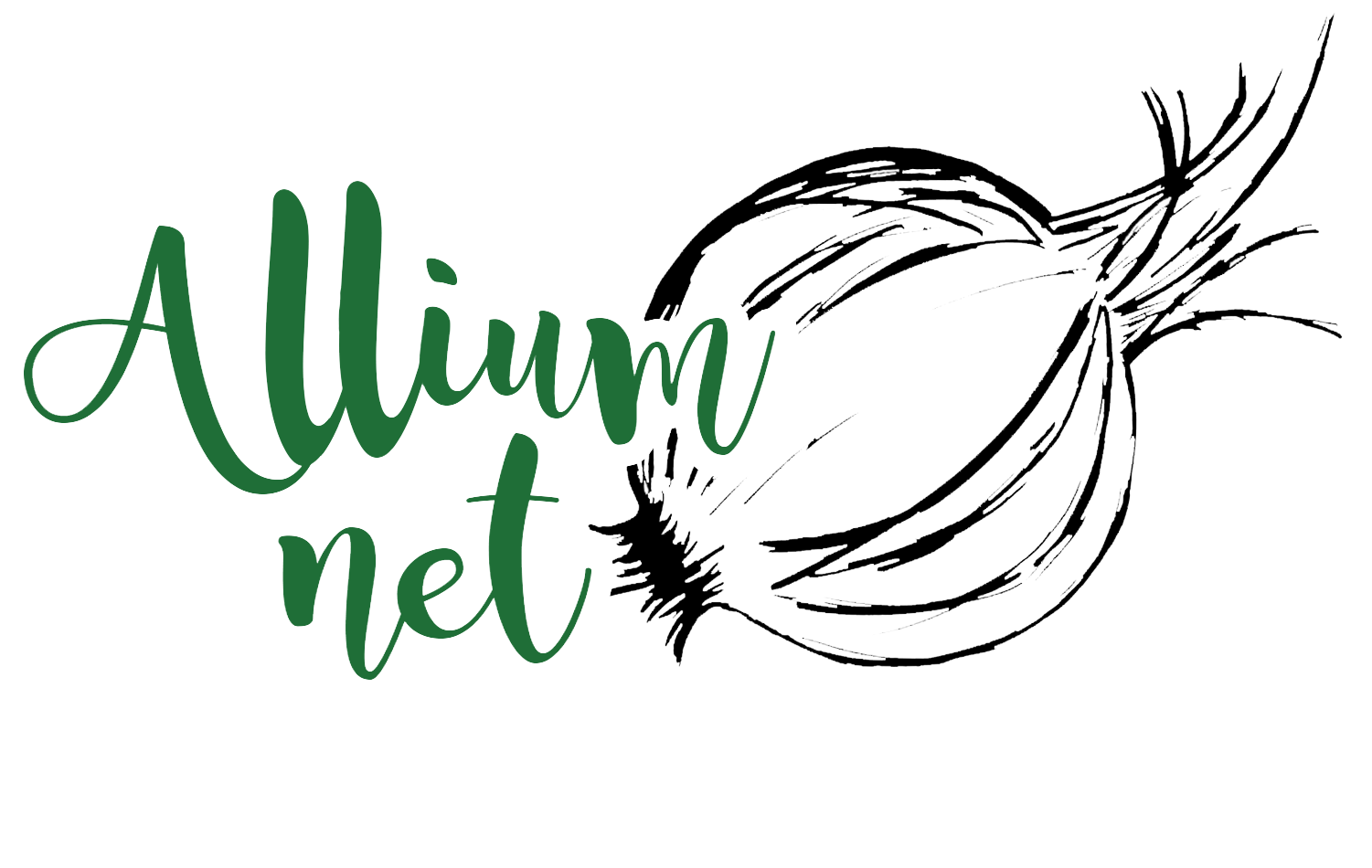Do bactericides work?
Hosting Director2023-08-10T15:58:39+00:00
No!
-
There were no treatments in 9 field trials conducted as part of the Stop the Rot project that significantly reduced bacterial bulb compared to the untreated control.
-
Copper bactericides caused phytotoxicity (leaf necrosis) in some trials.
EXCEPT in Georgia
-
In 2021 (37.5% bulb rot in untreated control), all treatments except Theia significantly reduced bulb rot compared to the untreated control.
-
Best performing treatments were: NuCop (5.5% bulb rot = 85% control), Lifegard (7% bulb rot = 81% control), Mankocide (7.8% bulb rot = 78% control) and Howler (8.6% bulb rot = 77% control).
-
In 2020 (74.8% bulb rot in untreated control), Leap and Actigard failed to control bacterial bulb rot.
-
Best performing treatments were: Mankocide (9.1% bulb rot = 88% control), Mastercop (12.2% bulb rot = 83% control) and Nordox (17.2% bulb rot = 77% control).
Products Tested (Stop the Rot trials):
Copper Bactericides:
-
Kocide 3000-O (8 trials in CA, CO, GA, NY & WA)
-
Mankocide (9 trials in CA, CO, GA, NY & WA)
-
Badge (5 trials in NY & WA)
-
Mastercop (6 trials in CA, GA & NY)
-
Nordox (6 trials in CA, GA & NY)
-
Cuprofix Ultra 40 Disperss (4 trials in NY & WA)
-
NuCop (2 trials in GA)
-
Champ (2 trials in GA)
-
Champion (1 trial in CA)
Plant Defense Activators:
-
Lifegard (9 trials in CA, CO, GA, NY & WA)
-
Actigard (6 trials in CA, CO, GA & NY)
Sanitizer:
-
Oxidate (8 trials in CA, CO, GA, NY & WA)
Antibiotic:
Biologicals:
-
Howler (1 trial in GA)
-
Theia (1 trial in GA)
Other:
-
Agrititan (2 trials in GA)
-
Leap (1 trial in GA)
-
Nano-MgO (1 trial in WA)
-
Forticept (1 trial in GA)
-
BlightBan A506 (1 trial in CO)
-
Velum One (1 trial in CA)
Why did bactericides only work in Georgia?
Different types of bacterial bulb rot pathogens
-
One theory is that it is related to the type of onion bacterial pathogens that are common in the different growing regions across the United States.
-
In Georgia, the most common bacterial pathogen appears to be Pantoea ananatis, which occurs along the leaves of an onion plant where foliar spray of non-systemic bactericides may directly come in contact with the bacteria and kill it.
-
In the other onion-growing regions of the United States, the most common bacterial pathogens (e.g. Pantoea agglomerans, Burkholderia spp., Enterobactor spp. etc.) occur deep in the leaf axils in the neck of the onion plant where they are protected from foliar sprays of non-systemic bactericides.
Research Reports:
California
Colorado
Georgia
New York
Washington

